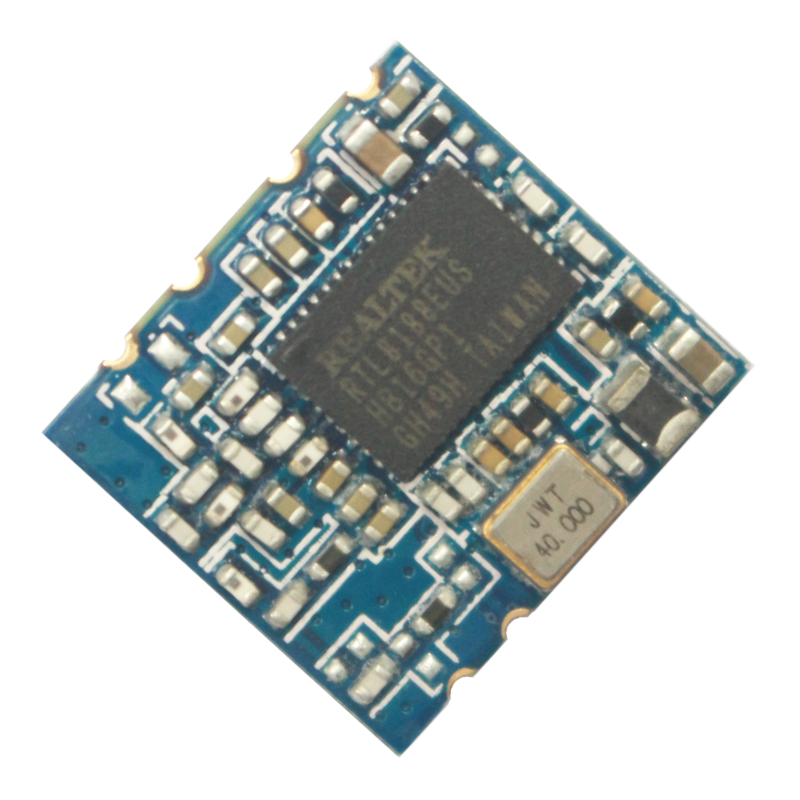
In recent years, the demand for faster, more reliable wireless connectivity has surged exponentially. To meet these growing needs, the tech industry has introduced a new wireless standard known as WiFi 6, also referred to as 802.11ax. This groundbreaking development promises to revolutionize the way we connect and interact with the digital world. In this article, we will delve deep into the latest standard, WiFi 6, and explore its numerous implications across various sectors.
WiFi 6 builds upon the foundation laid by its predecessor, WiFi 5 (802.11ac), and introduces several significant improvements. One key enhancement is the introduction of Orthogonal Frequency Division Multiple Access (OFDMA), which enables the simultaneous transmission of multiple data streams to different devices. Additionally, WiFi 6 utilizes Target Wake Time (TWT) technology, allowing devices to conserve power by scheduling their wake-up times, thus optimizing battery life.
With WiFi 6, users can experience dramatically faster speeds, enabling seamless streaming of high-definition videos, online gaming, and other bandwidth-intensive activities. This new standard offers a maximum theoretical throughput of 9.6 Gbps, significantly surpassing WiFi 5's 3.5 Gbps limit. Moreover, WiFi 6's improved efficiency enables it to handle a higher number of connected devices simultaneously, making it ideal for crowded environments such as airports, stadiums, and smart homes.
One of WiFi 6's most notable features is its reduced latency, which translates to minimal delays and smoother communication between devices. This improvement is particularly crucial for applications like real-time video conferencing, online gaming, and IoT devices that rely on instantaneous data transfer. Moreover, WiFi 6 introduces a more reliable connection through its use of MU-MIMO (Multi-User Multiple Input Multiple Output) technology, enabling multiple devices to transmit and receive data simultaneously without interference.
WiFi 6's wide-ranging implications extend beyond consumer devices, permeating various industries. In healthcare, WiFi 6 can support the proliferation of telemedicine, enabling remote patient monitoring and facilitating seamless communication between doctors and patients. Moreover, in the realm of smart cities, WiFi 6 can enhance connectivity for IoT devices, allowing for efficient management of resources, improved public safety, and increased energy efficiency. This technology also holds immense potential for businesses, offering faster and more reliable wireless connectivity for improved productivity and seamless collaboration.
While WiFi 6 brings forth a multitude of benefits, its widespread implementation may face challenges. Upgrading existing infrastructure to support WiFi 6 can be costly and time-consuming for organizations. Additionally, the adoption of WiFi 6 requires compatible devices, which may take time to become mainstream. Nevertheless, as the demand for faster and more efficient wireless connectivity continues to rise, the transition to WiFi 6 is inevitable.
In conclusion, WiFi 6 represents a significant leap in wireless technology, enabling faster speeds, improved capacity, reduced latency, and increased reliability. Its implications are far-reaching, impacting industries such as healthcare, smart cities, and businesses seeking enhanced connectivity. While challenges exist, WiFi 6 is poised to reshape the way we connect and embrace the digital world, paving the way for a more connected and efficient future.
 Trolink Joint With Tuya to Make Iot Benefit Every Family
Trolink Joint With Tuya to Make Iot Benefit Every Family
 5 Key Indicators for WiFi Module Selection You Have to Know !
5 Key Indicators for WiFi Module Selection You Have to Know !
 IOT module is the brain of smart products
IOT module is the brain of smart products
 What is the signal coverage range of the WiFi module chip?
What is the signal coverage range of the WiFi module chip?